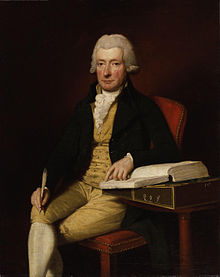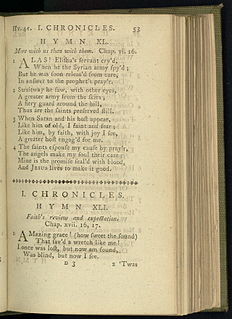
"Amazing Grace" is a Christian hymn published in 1779, with words written in 1772 by the English poet and Anglican clergyman John Newton (1725–1807). It is an immensely popular hymn, particularly in the United States, where it is used for both religious and secular purposes.

The Erinyes, also known as the Furies, were female chthonic deities of vengeance in ancient Greek religion and mythology. A formulaic oath in the Iliad invokes them as "the Erinyes, that under earth take vengeance on men, whosoever hath sworn a false oath". Walter Burkert suggests that they are "an embodiment of the act of self-cursing contained in the oath". They correspond to the Dirae in Roman mythology. The Roman writer Maurus Servius Honoratus wrote that they are called "Eumenides" in hell, "Furiae" on earth, and "Dirae" in heaven.
The Olney Hymns were first published in February 1779 and are the combined work of curate John Newton (1725–1807) and his poet friend William Cowper (1731–1800). The hymns were written for use in Newton's rural parish, which was made up of relatively poor and uneducated followers. The Olney Hymns are an illustration of the potent ideologies of the Evangelical movement, to which both men belonged, present in many communities in England at the time.
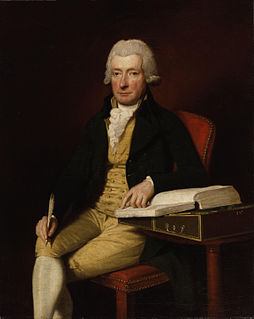
William Cowper was an English poet and hymnwriter. One of the most popular poets of his time, Cowper changed the direction of 18th-century nature poetry by writing of everyday life and scenes of the English countryside. In many ways, he was one of the forerunners of Romantic poetry. Samuel Taylor Coleridge called him "the best modern poet", whilst William Wordsworth particularly admired his poem Yardley-Oak.

Olney is a market town and civil parish in the Borough of Milton Keynes in Buckinghamshire, England. At the 2011 Census, it had a population of 6,477 people. It lies on the River Great Ouse and is the northernmost town in Buckinghamshire, close to the borders of Bedfordshire and Northamptonshire, and equidistant from Northampton, Bedford, Wellingborough and Milton Keynes. It is accessed by the M1 at Junction 14, with the closest passenger rail service at Wolverton, and Milton Keynes Central and Bedford railway stations. It is a popular tourist destination, perhaps best known for the Olney Pancake Race and for the Olney Hymns by William Cowper and John Newton.
A lyricist or lyrist is a songwriter who thinks of and writes lyrics—words for songs—as opposed to a composer, who writes the song's music which may include but not limited to the melody, harmony, arrangement and accompaniment.
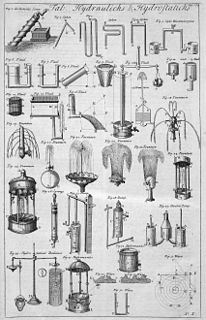
Fluid statics or hydrostatics is the branch of fluid mechanics that studies the condition of the equilibrium of a floating body and submerged body "fluids at hydrostatic equilibrium and the pressure in a fluid, or exerted by a fluid, on an immersed body".

The Batrachomyomachia or Battle of the Frogs and Mice is a comic epic, or a parody of the Iliad, commonly attributed to Homer, although other authors have been proposed.

William Francis Cowper-Temple, 1st Baron Mount Temple PC, known as William Cowper before 1869 and as William Cowper-Temple between 1869 and 1880, was a British Liberal statesman.

The Fountain of Life, or in its earlier form the Fountain of Living Waters, is a Christian iconography symbol associated with baptism and/or eucharist, first appearing in the 5th century in illuminated manuscripts and later in other art forms such as panel paintings.

"Rock of Ages" is a popular Christian hymn written by the Reformed Anglican minister, the Reverend Augustus Toplady.

Cwm Rhondda, taken from the Welsh name for the Rhondda Valley, is a popular hymn tune written by John Hughes (1873–1932) in 1907.

"The Hymn of Joy" is a poem written by Henry van Dyke in 1907 with the intention of musically setting it to the famous "Ode to Joy" melody of the final movement of Ludwig van Beethoven's final symphony, Symphony No. 9.

The Niccolini-Cowper Madonna, also known as the Large Cowper Madonna, is a painting by the Italian High Renaissance artist Raphael, depicting Mary and Child, against a blue sky.

The Cowper and Newton Museum is a museum in Olney, Buckinghamshire, England, in the Borough of Milton Keynes. Celebrating the work and lives of two famous local residents: William Cowper (1731–1800) a celebrated 18th-century poet; and John Newton, a prominent slave trader who was curate in the local church. Together, Cowper and Newton wrote the Olney Hymns, including one of the world's most popular hymns, Amazing Grace.

Purity of Heart Is to Will One Thing – EP is a 2009 EP by The Welcome Wagon, released by Asthmatic Kitty and produced by Sufjan Stevens. "There Is a Fountain Filled with Blood" previously appeared on the various artists compilation To Spirit Back the Mews, released by Asthmatic Kitty in 2001. All of the songs from the EP are outtakes from their debut album Welcome to The Welcome Wagon.

"God Moves in a Mysterious Way" is a Christian hymn, written in 1773 by William Cowper from England. It was written by Cowper in 1773 as a poem entitled "Light Shining out of Darkness", The poem is the likely source for the phrase "God moves in mysterious ways", although the first line of the poem actually runs "God moves in a mysterious way." The poem, the last hymn text that Cowper wrote, was written following his attempted suicide while living at Olney. John Newton published the poem the next year in his Twenty-six Letters on Religious Subjects; to which are added Hymns (1774).
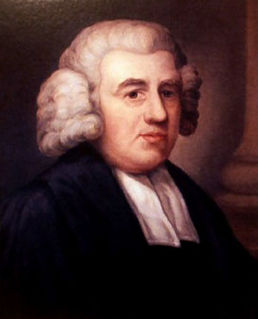
"Glorious Things of Thee Are Spoken", also called "Zion, or the City of God", is an 18th-century English hymn written by John Newton, who also wrote the hymn "Amazing Grace". Shape note composer Alexander Johnson set it to his tune "Jefferson" in 1818, and as such it has remained in shape note collections such as the Sacred Harp ever since. However, the hymn is most often set to the tune of Joseph Haydn's "Gott erhalte Franz den Kaiser". In recent decades it has been sometimes replaced by "Abbot's Leigh". This was written for this text by The Reverend Cyril Vincent Taylor in 1942 while he was a producer of Religious Broadcasting at the BBC and stationed at the village of Abbots Leigh. Multiple other tunes have also been used with the hymn.
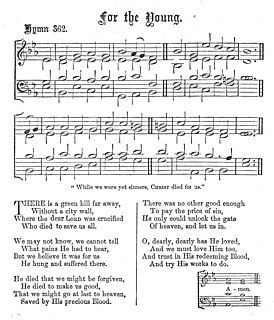
"There is a green hill far away" is a Christian hymn, originally written as a children's hymn but now usually sung for Passiontide. The words are by Cecil Frances Alexander, and the most popular tune by William Horsley.

Untitled Hymn: A Collection of Hymns is a 2019 studio album by Chris Rice. After more than a decade since his previous solo release, Rice and Fair Trade Services released a collection of hymns that FeeCCM.com calls a "celebration of the sound theology and sweet poetry of these classic songs of faith." Timothy Yap at Hallels is more reserved in his review, expressing disappointment that Rice has released another collection of hymns instead of original songs, but concludes that this disappointment is "redeemed by the creativity and ingenuity invested in re-imagining these hymns."
